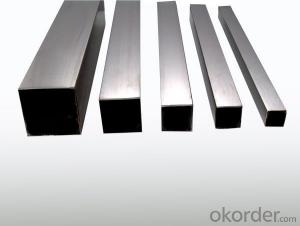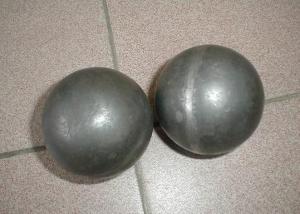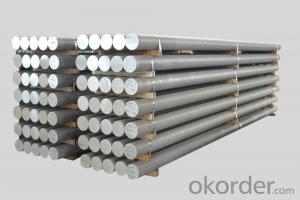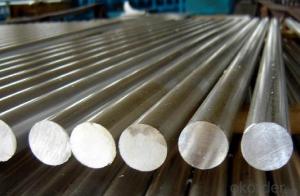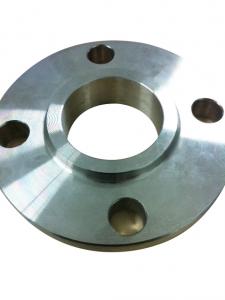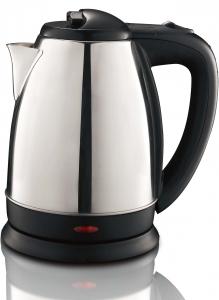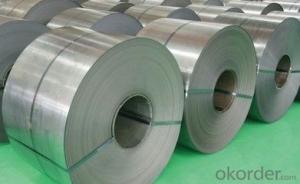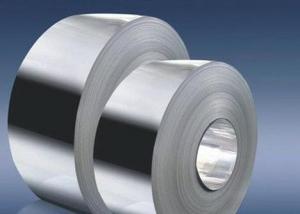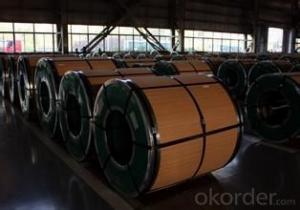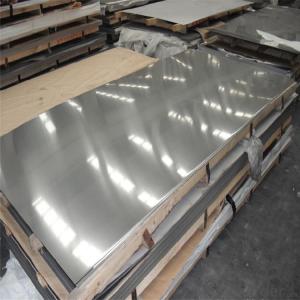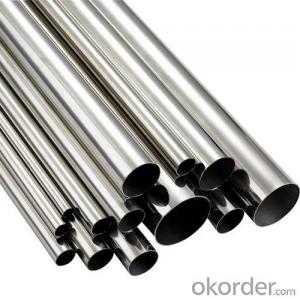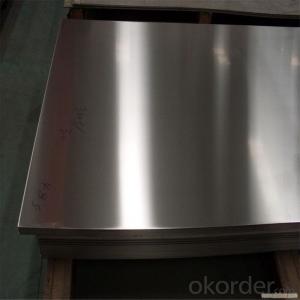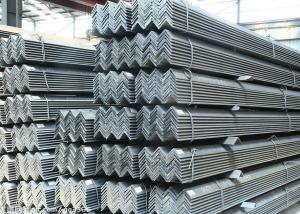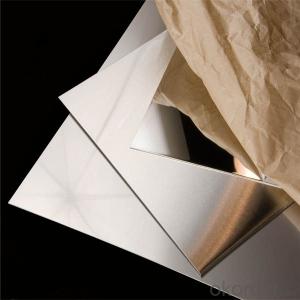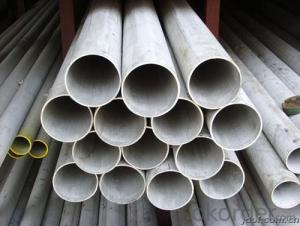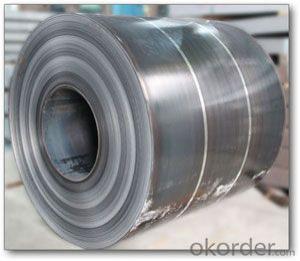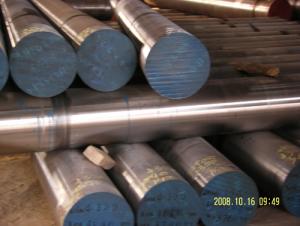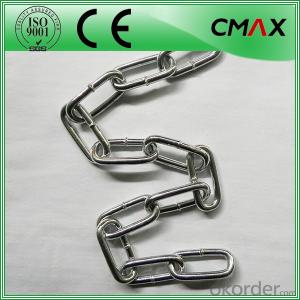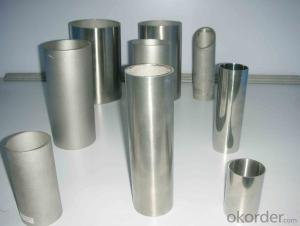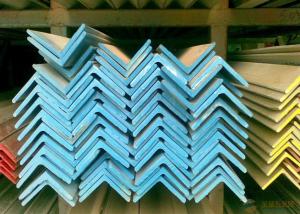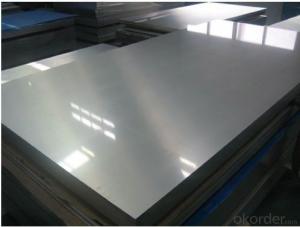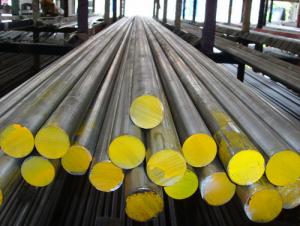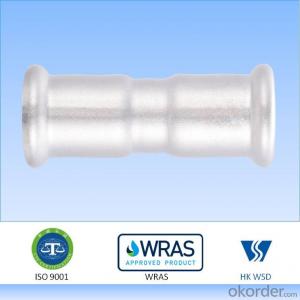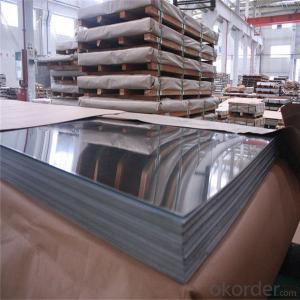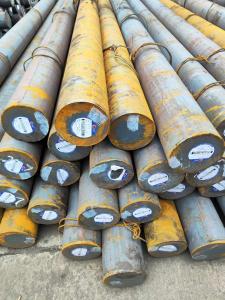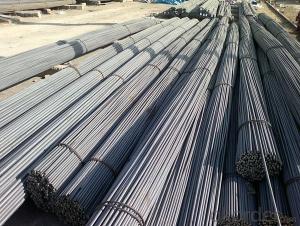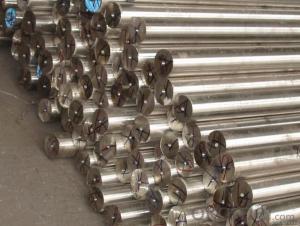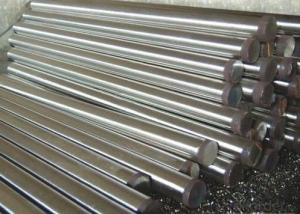304l Stainless Steel
304l Stainless Steel Related Searches
304 Grade Stainless Steel 316l Stainless Steel Type 304 Stainless Steel Stainless Steel 316l Grade 304 Stainless Steel 304 Stainless Steel Pipe 305 Stainless Steel Aisi 304 Stainless Steel 304 Stainless Steel Tubing Sus 304 Stainless Steel 304 Stainless Steel Price Density Of 304 Stainless Steel 302 Stainless Steel 304 Stainless Steel Magnetic T 304 Stainless Steel 304l Stainless Steel Properties 304 Stainless Steel Density 304 Stainless Steel Rust Density Of Stainless Steel 304 301 Stainless Steel T304 Stainless Steel 304 Stainless Steel Food Grade Stainless Steel 316 304 Or 316 Stainless Steel 300 Stainless Steel 310 Stainless Steel 304 Stainless Steel Hardness Type 316 Stainless Steel 316 Grade Stainless Steel 304 Stainless Steel Composition304l Stainless Steel Supplier & Manufacturer from China
304L Stainless Steel is a type of austenitic stainless steel, known for its excellent corrosion resistance and formability. This alloy is widely recognized for its superior performance in various industries due to its low carbon content, which reduces the risk of intergranular corrosion. The product is composed of key elements such as chromium, nickel, and molybdenum, which contribute to its strength and resistance to various corrosive environments.The 304L Stainless Steel is extensively used in applications that demand high levels of durability and resistance to corrosion. Common usage scenarios include the manufacturing of chemical processing equipment, food processing machinery, and architectural structures. Its versatility also makes it suitable for applications in the automotive, aerospace, and marine industries, where it is utilized for components that require both strength and resistance to harsh conditions.
Okorder.com is a leading wholesale supplier of 304L Stainless Steel, offering a vast inventory to cater to the diverse needs of customers. With a strong commitment to quality and customer satisfaction, Okorder.com ensures that the 304L Stainless Steel products they provide meet the highest industry standards. Their extensive inventory allows customers to find the exact specifications and quantities needed for their projects, making them a reliable source for this essential material.
Hot Products
